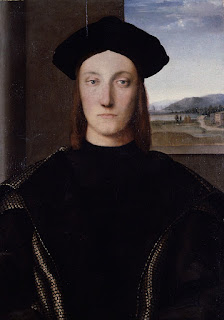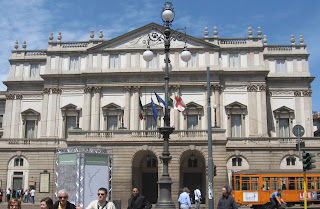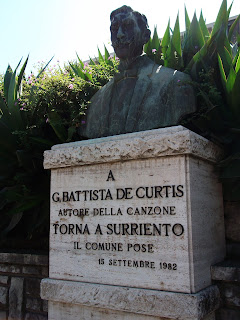Court composer could have supplied information as well as music
Alfonso Ferrabosco, the composer who first introduced the madrigal to England, was born on this day in Bologna in 1543.
 |
| Ferrabosco was suspected of working as a spy for Queen Elizabeth I |
Ferrabosco had been born into a family of musicians and travelled about in Italy and France while he was young with his father and uncle.
He went to England in 1562 with his uncle and found employment with Elizabeth I, becoming the first composer to introduce the unaccompanied harmony of the madrigal to England, where it later became very popular. Elizabeth is said to have settled an annuity equivalent to £66 on him.
Ferrabosco’s madrigals suited English tastes and were considered very skilful. He also composed sacred music and instrumental music for lutes and viols.
He made periodic trips back to Italy, but these were frowned upon both by the Pope and the Inquisition. England was at war with several Roman Catholic countries at the time and as a result, Ferrabosco lost his Italian inheritance.
At one point he was serving Cardinal Farnese in Rome, but decided he wanted to return to England. Rather than ask permission, Ferrabosco said he had to go back to Bologna for family reasons. He then returned to England, where he got an increase in his allowance from Elizabeth.
Ferrabosco fathered two children during his time in England. The eldest, also named Alfonso, later became an important composer.
During one of Ferrabosco’s periods away in Italy he was accused, in his absence, of robbing and killing another foreigner in England.
He managed eventually to clear his name but as a result of the scandal left England in 1578 and never returned. Elizabeth attempted to get him to come back but did not succeed.
Ferrabosco died in Bologna in 1588. It was claimed after his death that he had been a secret service agent for Elizabeth. No evidence was ever produced, although it was thought he had been unusually well paid for a court musician.
| The Archiginnasio in Bologna Photo: Sailko (CC BY-SA 3.0) |
Bologna already had a well established university when Ferrabosco was born in the city. You can visit the oldest surviving building, the Archiginnasio, which is now a library. It is open Monday to Friday from 9 am to 7 pm, and on Saturdays from 9 am to 2 pm. It is just a short walk from Piazza Maggiore and the Basilica di San Petronio in the centre of the city.
Travel tip:
Palazzo Farnese in Rome had already been built by the Farnese family when Ferrabosco worked for them, in Piazza Farnese in the Campo De’ Fiori area. It was originally designed in 1517 but enlarged when Alessandro Farnese became Pope Paul III in 1534. Michelangelo, Jacopo Barozzi da Vignola and Giacomo della Porta were all involved in the design. The palace is currently being used as the French Embassy in Rome.
Home





